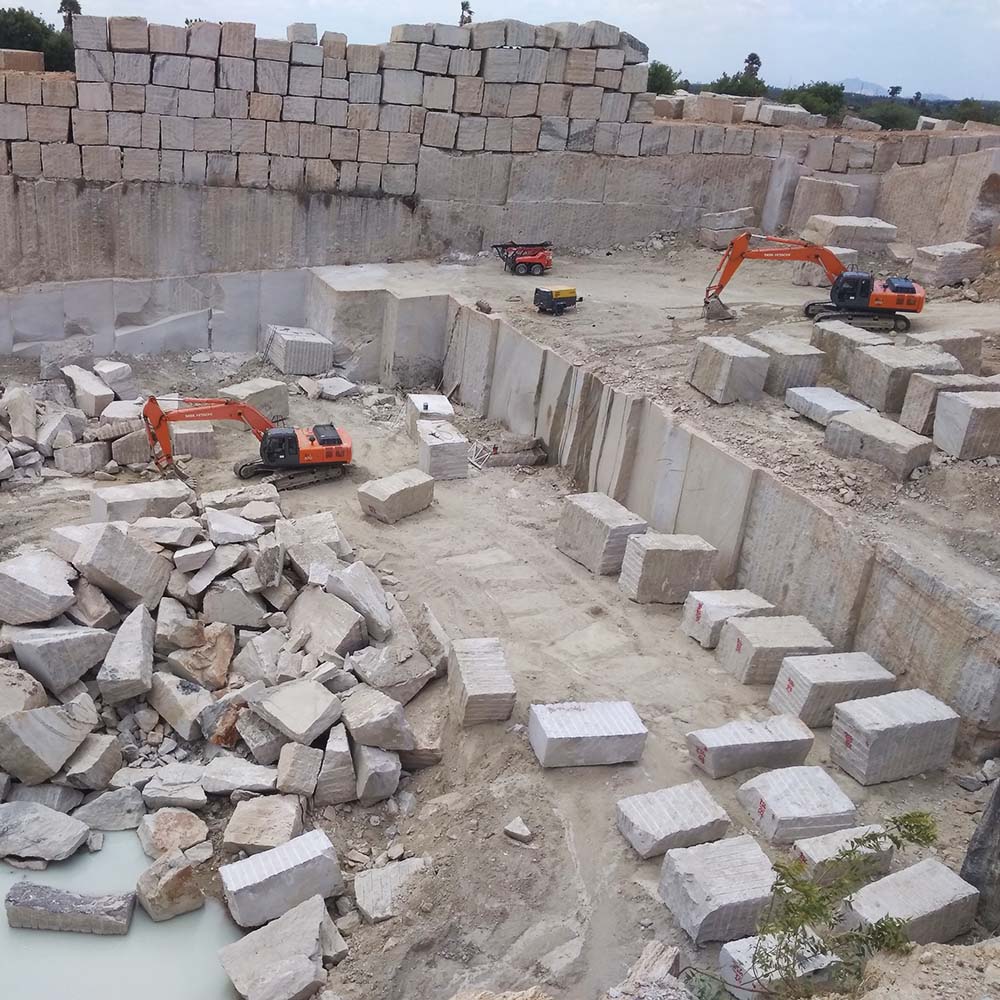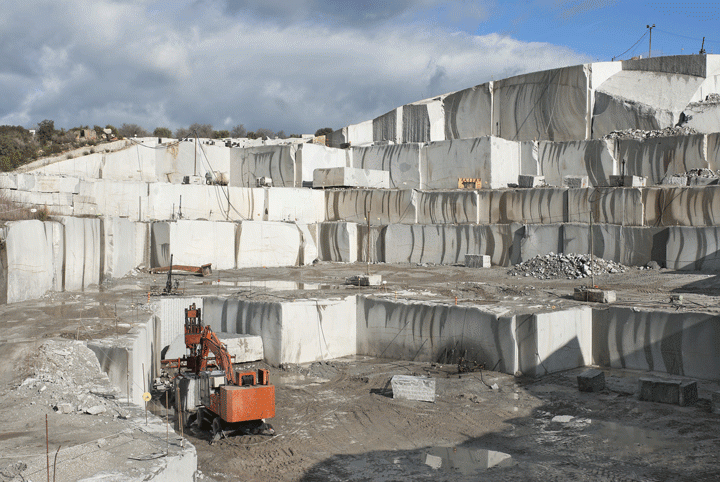The Surprise Gems: Checking Out Granite Quarries in South Africa
The Surprise Gems: Checking Out Granite Quarries in South Africa
Blog Article
Unearthing the Rich History and Lasting Practices of Granite Quarrying
As we stand on the precipice of revealing the elaborate tapestry of granite quarrying, a trip through time reveals not simply the physical act of removing stone yet also the social and historical value woven right into the extremely fabric of this practice. From the old origins that laid the structure for modern-day quarrying methods to the lasting practices that are shaping the future of this industry, each sculpt mark on granite surface areas tells a story waiting to be discovered (granite quarries in south africa). The legacy of granite quarrying extends far beyond plain removal; it is a testimony to human ingenuity, strength, and the enduring appeal of this magnificent stone
Ancient Origins of Granite Quarrying
Dating back to old people, the technique of quarrying granite has been an essential component of human history and architectural innovation. The earliest proof of granite quarrying go back to old Egypt, where substantial pyramids and complex sculptures were crafted from this sturdy rock. The Egyptians utilized primitive tools to extract granite blocks from quarries, showcasing the significance of this material in their huge buildings.
Moving ahead in history, the Greeks also made substantial contributions to the quarrying of granite. The Greeks made use of granite in numerous building marvels, such as temples and statuaries, demonstrating their ability in shaping and carving this sturdy stone. The Romans further fine-tuned the strategies of quarrying granite, employing sophisticated devices like knives and hammers to extract and shape granite for their renowned structures.
Through the centuries, the method of quarrying granite has actually progressed, with contemporary technologies improving efficiency while preserving the ageless charm of this natural rock - granite quarries in south africa. From ancient civilizations to contemporary contractors, the legacy of granite quarrying remains to shape our globe
Development of Quarrying Methods
The evolution of quarrying methods has actually been noted by a constant progression towards higher effectiveness and precision in drawing out granite. Early quarrying techniques included hands-on labor with standard devices such as chisels, hammers, and wedges to draw out granite blocks from the planet.
In even more recent times, the advent of equipment changed the quarrying market, enabling faster removal rates and boosted efficiency. Technologies such as diamond cord saws, high-pressure water jets, and pneumatically-driven drills have come to be basic in contemporary quarries, permitting specific cutting and reduced waste. Furthermore, improvements in computer-controlled tools and 3D modeling have maximized quarrying procedures, resulting in very little environmental influence and enhanced sustainability methods. As the need for granite remains to rise, the development of quarrying techniques remains essential to conference market needs efficiently and sustainably.
Cultural Value of Granite
Granite holds an extensive social value throughout numerous human beings due to its long-lasting existence in architectural work of arts and prized monoliths. The cultural importance of granite extends beyond its physical qualities; it embodies durability, security, and timelessness, making it a symbol of sustaining legacies and practices.

Sustainable Practices in Quarrying
Among the rich history of granite quarrying and its cultural value lies a growing emphasis their website on sustainable practices within the market. As ecological awareness and concerns concerning source deficiency have heightened around the world, the quarrying field has significantly welcomed lasting approaches to decrease its influence on the setting and surrounding areas.

In addition, reclamation and recovery of quarry websites post-extraction are important to lasting methods. By restoring quarried locations to a natural or helpful state, such as developing wildlife environments or entertainment spaces, quarriers can counter the ecological impact of their procedures and contribute favorably to the neighborhood ecosystem.
Legacy of Granite Quarrying
With a historical background soaked in craftsmanship and commercial progression, what withstanding impact has granite quarrying left on the landscape of modern-day culture? The heritage of granite quarrying goes beyond simple extraction methods; it has actually shaped architectural wonders, city landscapes, and social heritage worldwide. The sturdy nature of granite has actually made it a recommended selection for monuments, buildings, and infrastructure, standing as a testimony to the ability and creativity of quarry workers across generations.
Moreover, the economic impact of granite quarrying can not be forgotten. The sector remains to offer employment possibilities and drive local economies in areas where granite removal is common. It has additionally spurred technical innovations in quarrying methods basics and devices, causing extra efficient and lasting techniques.
In terms of sustainability, the heritage of granite quarrying includes efforts to mitigate ecological influences through improvement tasks and responsible resource administration. By stabilizing economic rate of interests with environmental stewardship, the market strives to make sure that future generations can remain to take advantage of this enduring natural deposit.
Final Thought

Report this page